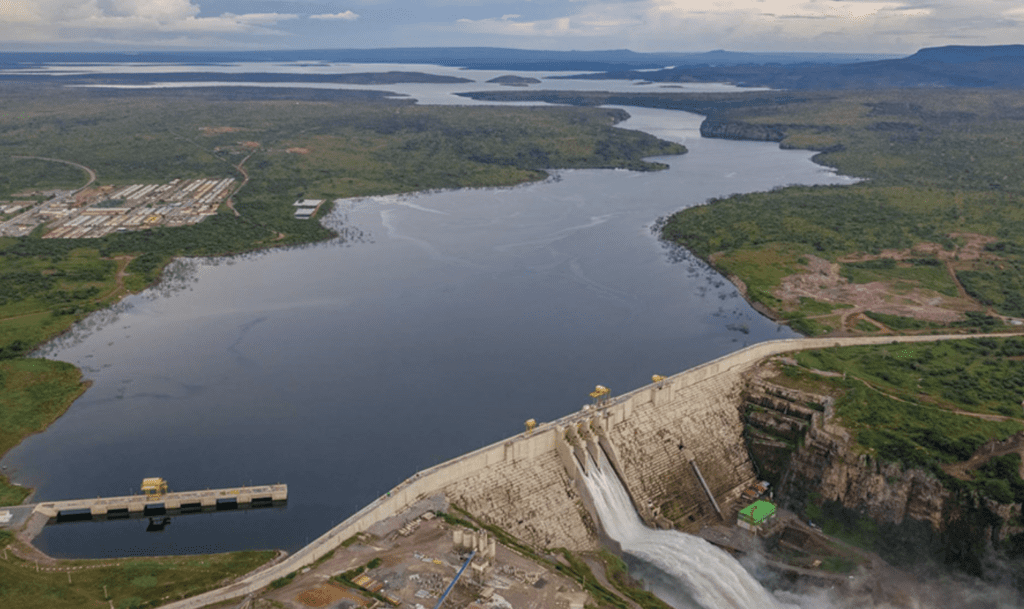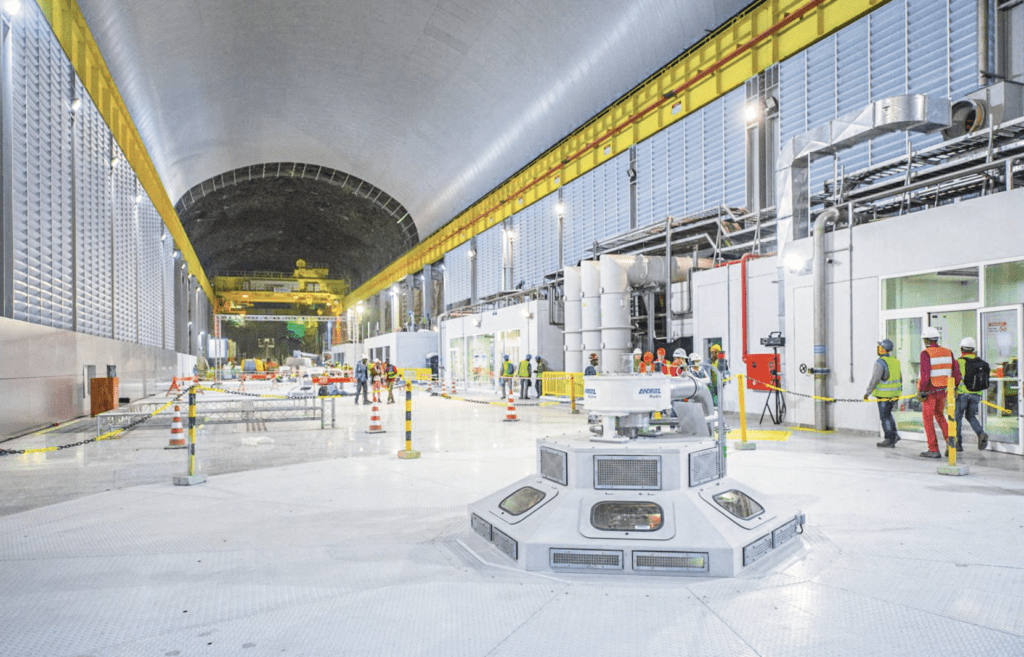Major 2-GW Hydropower Station in Angola Now Fully Online
Officials in Angola announced that the Laúca hydroelectric power station is now fully operational, with Austrian company Andritz wrapping construction of the final 70-MW environmental flow power station at the site on the Kwanza River.
Andritz built and installed all the units at the 2,070-MW plant, located on the border between the Angolan provinces of Cuanza-Nord and Malanje. Construction of the 132-meter-high, 1,075-meter-long dam began in 2013. The station is owned by Gabinete de Aproveitamento do Médio Kwanza, or GAMEK, a company that is part of the Angolan Ministry of Water and Energy.
State-owned electricity company ENE operates the hydropower plant, which features a 270-meter-long powerhouse. Brazil-based Odebrecht Engineering and Construction (OEC) has served as lead contractor for the project.
$4.3 Billion Investment
Andritz said the Laúca plant can produce as much as 8,640 GWh of electricity annually, and is “the backbone of modern grid regulation in Angola, providing enough electricity to meet the demand of around 8 million Angolan households.” The $4.3 billion project was financed by the Angolan government along with outside investors, including investment from Brazil; the Development Bank of Southern Africa; Standard Chartered, a UK-based multinational bank; and Gemcorp Capital, an investment company also based in the UK.

The first turbine at Laúca, a 335-MW Francis unit, was commissioned in 2017. The last of the six turbines in use at the site came online in 2020. The plant is connected to Luanda, Angola’s capital, via a 400-kV power transmission line that provides 500 MW to that city. Luanda, like many areas in Africa, has struggled to maintain a reliable supply of power.
“The project brought stability to power supply and drastically reduced blackouts, substantially reduced the consumption of fossil fuels, supported the country’s economic development and improved the quality of life of more than 8 million people,” said Matheus Gontijo, contract manager for Odebrecht, in an earlier interview about the project.
Major Piece of Power Generation System
The Laúca plant is among the largest hydropower stations on the continent, with similar generating capacity to the 2,075-MW Cahora Bassa hydroelectric facility in Mozambique.

Officials said the Laúca station is part of an Angolan power generation system serving 10 provinces that includes the Cambambe (700 MW), Capanda (520 MW), Mabubas (26.8 MW), and Lomaum (50 MW) hydroelectric plants. It also includes the 750-MW Soyo natural gas-fired combined-cycle power plant, and is expected to include the 500-MW Soyo II combined-cycle plant. Soyo II, currently under development, is expected online in 2025. GE Power will supply four gas-fired turbines, and two steam turbines, for Soyo II.
Another large Angolan hydropower project, the 2,170-MW Caculo Cabaca plant, is expected to be commissioned next year. Construction of that $4.5 billion facility began in 2017. It is located at São Pedro da Quilemba, near the city of Dondo, in Cuanza Norte Province, and financed by a group of Chinese banks, including China Gezhouba Group Co. Ltd., and the Industrial and Commercial Bank of China.
Officials said Caculo Cabaca project, along with the Laúca dam, could provide about 45% of the country’s target generation capacity outlined in the Angola Vision 2025 strategy. That plan, adopted in 2015, calls for increasing the national electrification rate by about 60% from 2015 to 2025. The plan has a target of 9,900 MW of installed power generation capacity in the country by the middle of this decade, with at least two-thirds of that output from hydropower.
—Darrell Proctor is a senior associate editor for POWER (@POWERmagazine).